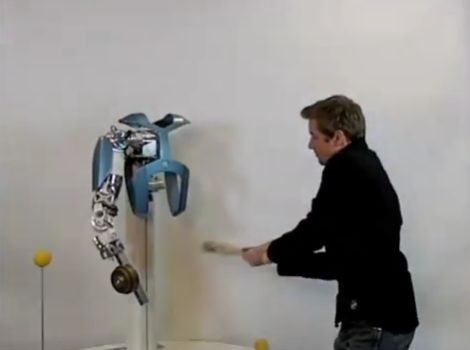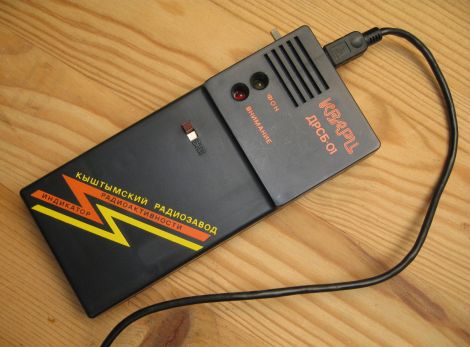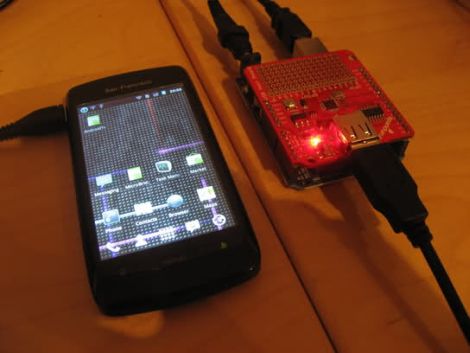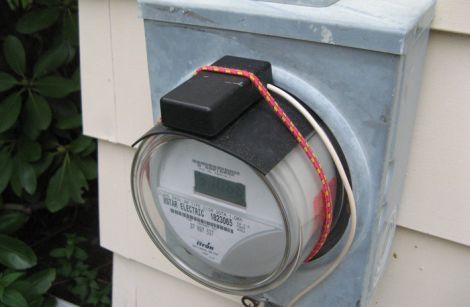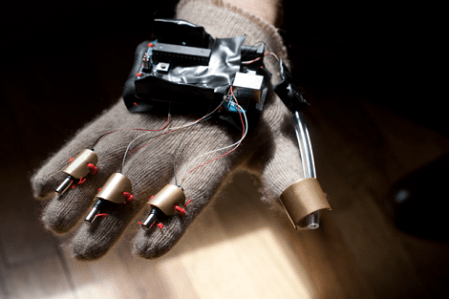
[Scott] is a design and technology master’s student who just came up with The Imaginary Marching Band – virtual band instruments you can wear on your hand.
Taking inspiration from Minority Report and the NES Power Glove, the system is able to emulate 6 instruments at this point – A trumpet, trombone, tuba, snare drum, bass drum, and cymbals. The glove itself reads data from a variety of sensors and passes that onto an Arduino Uno which sends serial data back to a computer. This data is then parsed by a Serial – MIDI converter, and can then be played back through a sampler, synthesizer or piped into your sequencer of choice. Happily, [Scott] will be designing custom PCBs for his gloves to cut down on space and weight, and he’ll also be making his project open-source eventually.
[Scott] has a kickstarter page for his project, and so far he’s been on track towards getting this project funded. Check out a demo after the break.
Continue reading “Emulating A Marching Band With Wearable Instruments”

